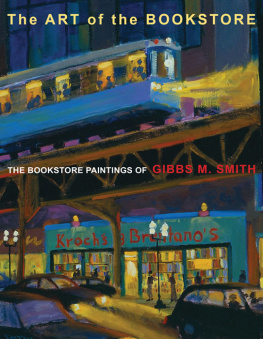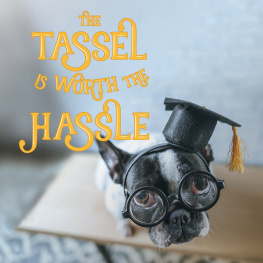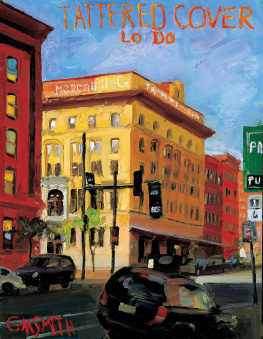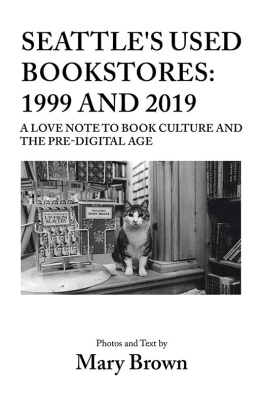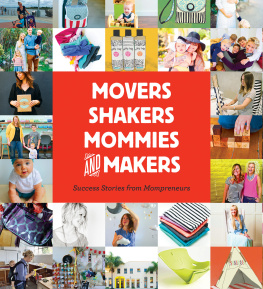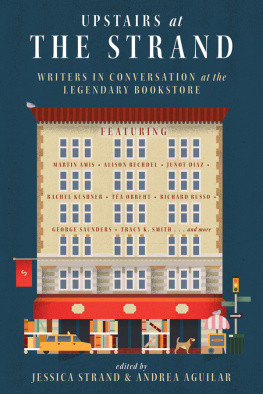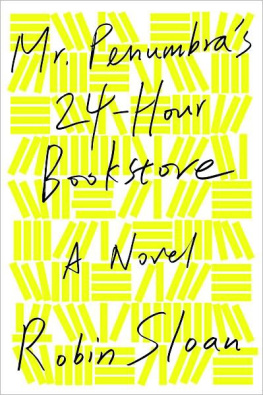The Art of the Bookstore
The Bookstore Paintings of Gibbs M. Smith
Gibbs M. Smith

The Art of the Bookstore
Digital Edition v1.0
Text 2009 Gibbs M. Smith
Illustrations 2009 Gibbs M. Smith unless noted
All rights reserved. No part of this book may be reproduced by any means whatsoever without written permission from the publisher, except brief portions quoted for purpose of review.
Gibbs Smith, Publisher
PO Box 667
Layton, UT 84041
Orders: 1.800.835.4993
www.gibbs-smith.com
ISBN: 978-1-4236-1284-1
In developing my own practice as a painter I appreciate the friendship and association of several people who are wonderful artists and who have shared their knowledge with me: Earl Jones, Randall Lake, Dennis Phillips, Alexandra Blantyre, John Erickson, and photographer Michael Jenkins.
Thank you to all the members of the book community who contributed to this book: Roger Moss, Richard Abel, Steve Riggio, Anne Kubek, Barbara Siepker, Davis Dutton, Edward Borins, Kevin Ryan, Ken Sanders, Clark Kepler, Betsy Burton, Michael Powell, Gayle Shanks, Kerry Slattery, George and Sally Kiskaddon, Dee and Chuck Robinson, and Midge Dey. Thanks also to my editor, Lisa Anderson, and my assistant, Anita Wood.
When I get a little money, I buy books; and if any is left, I buy food and clothes. |
| Desiderius Erasmus |
Introduction
All good books are alike in that they are truer than if they had really happened and after you are finished reading one you will feel that all that happened to you and afterwards it all belongs to you; the good and the bad, the ecstasy, the remorse, and sorrow, the people and the places and how the weather was.
Ernest Hemingway

Gibbs M. Smith, Our Barn Office, 1989. Oil on linen, 16" 20".
Ever since I was a child, I have felt that books are more than just the sum of their parts. Books are the physical embodiment of ideas, which are ephemeral. When the elements of a book come together, magic sometimes happens. It follows, then, that bookstores too are more than just bricks and mortar, shelves and hardcovers and paperbacks. When you combine so many booksso many voices, opinions, stories, and ideasinto one space, a creative and cultural fire often ignites.
For forty years, I have been extremely fortunate to participate actively in the book industry as a publisher. But my love of books, bookstores, and the people in the industry goes back much further, to my earliest memories.
During my years as a child in Oakland, Berkeley, and San Francisco, California, in the early 1940s, my mother would take me on walks, where she opened my eyes to the world. She would rub my hand over a stone that had been lying in the sun to feel the heat, or put it against the rough-smooth bark of a tree. Often we would go into her favorite stores, one of which was Gumps in San Francisco, for whom she designed windows. We would also visit John Howell Books. There she would help me buy books of my own. From these earliest memories two things were impressed upon me and have become part of my lifeappreciation for nature and the natural world, and a love of books.
When I was about ten years old, my family moved to Utah and I gradually became aware of my own preferences and interests apart from my parents, such as which writers I personally liked, some of whom were Ernest Hemingway and Jack London. My father, a dentist who also loved literature, took me to Salt Lake City to Sam Wellers Book Store and purchased for me copies of For Whom the Bell Tolls and The Sun Also Rises, along with a collection of Jack London stories. I remember this very clearly, especially how Sam Weller himself took a personal interest in me as a young customer and helped me find the right books.
I came to realize as an adult what an enormous gift it was to have my own shelf, my own library, my favorite books that were my companions and that I read over and over. I firmly believe today as an adult that for the book world to be nourished and to survive, there needs to be a continual group of new book lovers nurtured by their parents.

Randall Lake, Painting of Gibbs in His Office, 1991. Oil on canvas, 16" 20".
I was very encouraged last fall when I was fortunate enough to lead a panel at a publishing conference. The panel was made up of young people from Portland, Oregon, area high schools and colleges, and we talked about the importance or lack of importance of books in their lives. Virtually all of the students spoke passionately about the value of the traditional book. Theyre familiar with all the electronic media and use it, but when they want to read a book, they want the real thing. Many of the students mentioned the same experience that I hadthat their love of books came from their parents taking them to bookstores and buying them books of their own. From the earliest years, bookstores were part of their lives.
In the February 24, 2009, issue of Bookselling This Week , a memorial to John Updike stated that Updike thought of bookstores as citadels of light. He spoke of his college days at Harvard, where he marveled at the wealth of bookstores around Harvard Square. He commented on the transforming effect of technology on books and libraries and expressed concern over the possible loss of the physical book. He made a plea to those invested in the fate of the paper-and-ink book by saying, Books traditionally have edges: some are rough-cut, some are smooth-cut, and a few, at least at my extravagant publishing house, are even top-stained. In the electronic anthill, where are the edges? The book revolution, which, from the Renaissance on, taught men and women to cherish and cultivate their individuality, threatens to end in a sparkling cloud of snippets.
Updike continued, So, booksellers, defend your lonely forts. Keep your edges dry. Your edges are our edges. For some of us, books are intrinsic to our sense of personal identity.
Bookstores can have such an impact beyond enlightening and informing the customer through the books they buy there. Over the years I have seen many stores become community gathering places, locations of intellectual stimulation and education.
At Sam Wellers, I made a lifelong friend in both Sam and the store. Through my college years at the University of Utah I would frequently visit Sams store and have many discussions with him about the book world. He was on the board of the American Booksellers Association and knew many in the business. I liked to ask him about publishers, and he said that over the years most publishers had come into his store and visited, some on a regular basis. Alfred Knopf would come fairly often. Bennett Cerf had been there, and many more. I began to get the feeling that the book business was a community of people who knew each other and whose main goal in life was to create and sell books. This way of life appealed to me. Over the years, Ive reflected on the nature of this industry, and I think it truly was, and to some degree still is, a cottage industry. Its unlike any other business.

